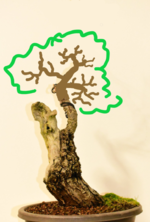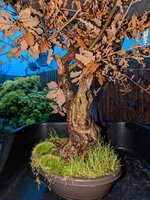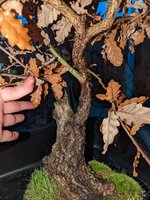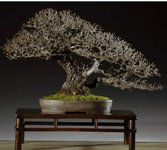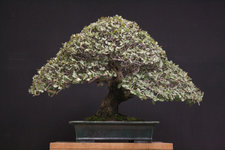So for now, I have looked to airlayer the top of this tree off. With plans to follow the second plan, above. Hopefully the airlayer will only take a few months. I waited for the leaves to unfurl first. Its now setup, so heres hoping!
The resultant tree from the air layer would be not bad at all, will have some good thickness in the trunk, and a few primaries already setup, will be a neat little tree for a 4-5 year project, hopefully.
I also removed a few long leggy branches from the tree below the air layer, to get going for its next stage. Foil is wrapped around it to avoid light getting in and burning the new roots, as they grow.
I am happy with the work done on the air layer, root powder on it, sphagnum moss, keeping it moist. Could be a bigger amount of moss but this should be ok.
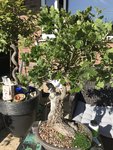
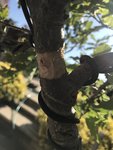
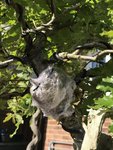

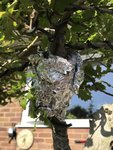
The resultant tree from the air layer would be not bad at all, will have some good thickness in the trunk, and a few primaries already setup, will be a neat little tree for a 4-5 year project, hopefully.
I also removed a few long leggy branches from the tree below the air layer, to get going for its next stage. Foil is wrapped around it to avoid light getting in and burning the new roots, as they grow.
I am happy with the work done on the air layer, root powder on it, sphagnum moss, keeping it moist. Could be a bigger amount of moss but this should be ok.






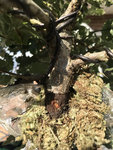
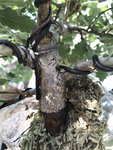
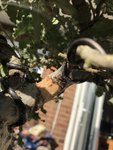
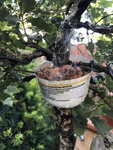
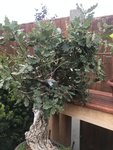
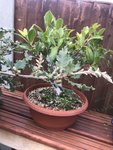

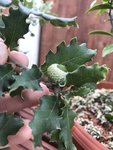
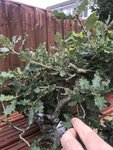
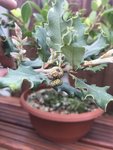
 DSC_2796
DSC_2796 DSC_2799
DSC_2799 DSC_2800
DSC_2800 DSC_2803
DSC_2803 DSC_2804
DSC_2804 DSC_2805
DSC_2805 DSC_2811
DSC_2811